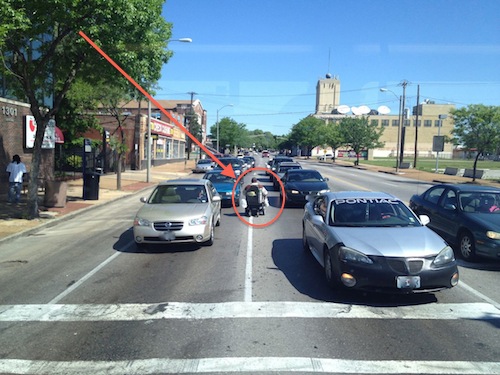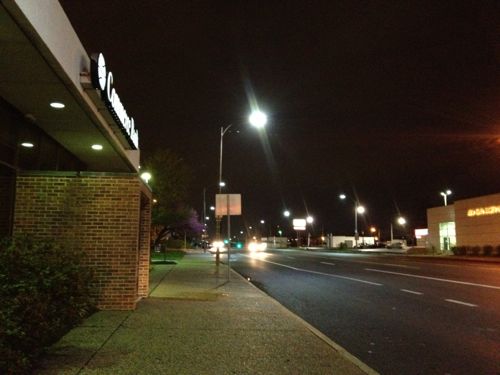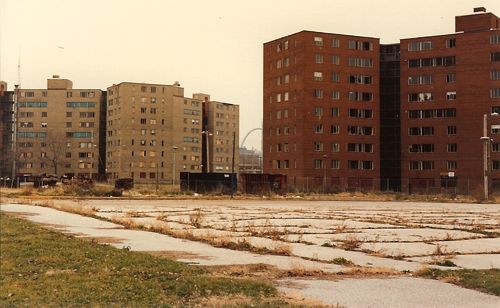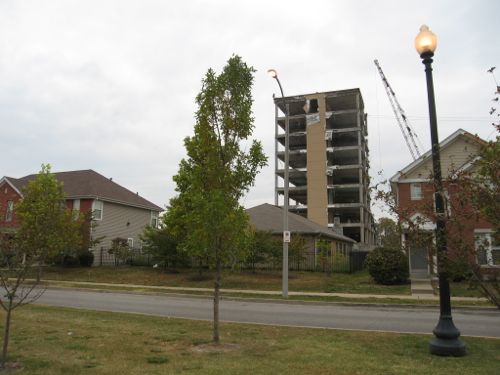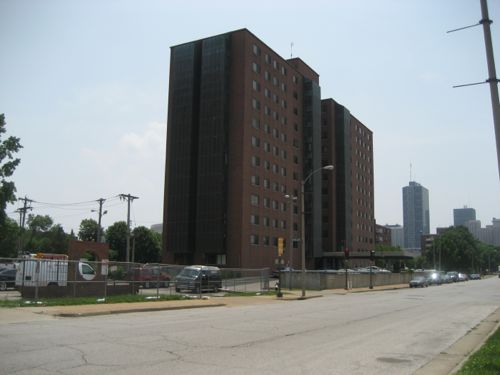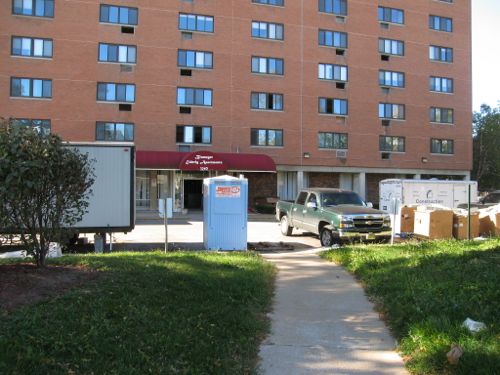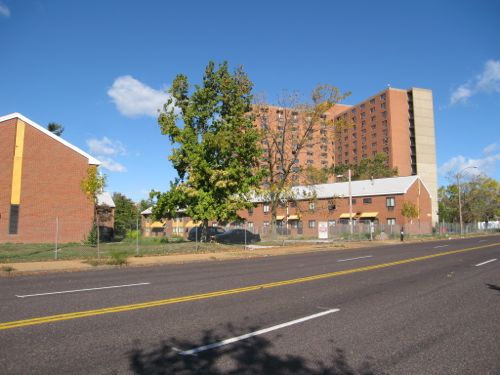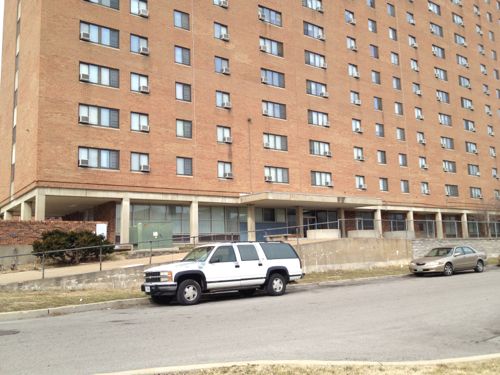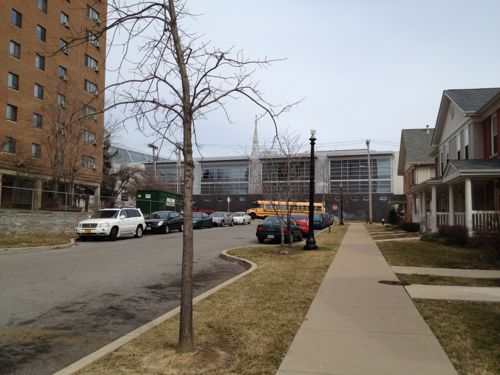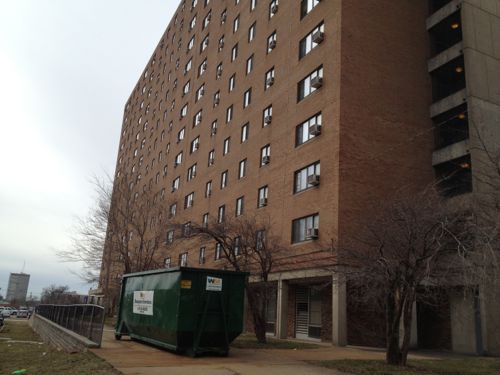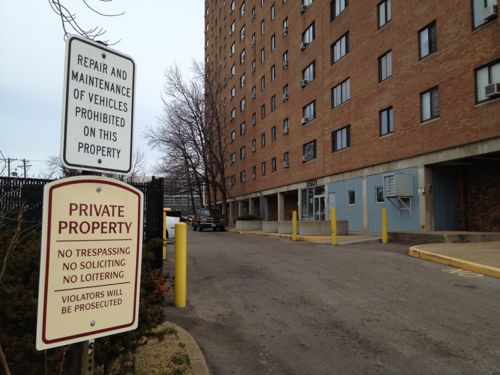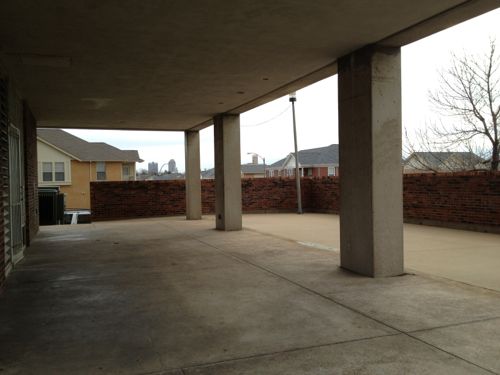Then & Now: Racial Segregation
A century ago whites went to great lengths to keep out non-whites, including deed restrictions:
On February 16, 1911, thirty out of a total of thirty-nine owners of property fronting both sides of Labadie Avenue between Taylor Avenue and Cora Avenue in the city of St. Louis, signed an agreement, which was subsequently recorded, providing in part:
‘* * * the said property is hereby restricted to the use and occupancy for the term of Fifty (50) years from this date, so that it shall be a condition all the time and whether recited and referred to as ( sic) not in subsequent conveyances and shall attach to the land, as a condition precedent to the sale of the same, that hereafter no part of said property or any [334 U.S. 1 , 5] portion thereof shall be, for said term of Fifty-years, occupied by any person not of the Caucasian race, it being intended hereby to restrict the use of said property for said period of time against the occupancy as owners or tenants of any portion of said property for resident or other purpose by people of the Negro or Mongolian Race.’
The entire district described in the agreement included fifty-seven parcels of lamd. The thirty owners who signed the agreement held title to forty-seven parcels, including the particular parcel involved in this case. At the time the agreement was signed, five of the parcels in the district were owned by Negroes. One of those had been occupied by Negro families since 1882, nearly thirty years before the restrictive agreement was executed. The trial court found that owners of seven out of nine homes on the south side of Labadie Avenue, within the restrit ed district and ‘in the immediate vicinity’ of the premises in question, had failed to sign the restrictive agreement in 1911. At the time this action was brought, four of the premises were occupied by Negroes, and had been so occupied for periods ranging from twenty-three to sixty-three years. A fifth parcel had been occupied by Negroes until a year before this suit was instituted. (Source)
The above was part of the majority decision of the US Supreme Court on May 3, 1948 when they ruled it was unconstitutional for the state to enforce such deed restrictions.
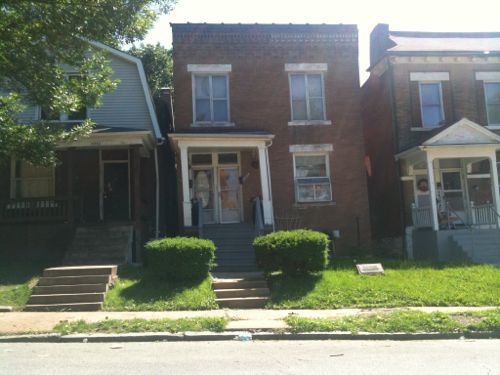
Today the situation is reversed, some African-Americans are trying hard to keep whites out of north St. Louis.
In March the BBC did a video report on the dividing line:
Delmar Boulevard, which spans the city from east to west, features million-dollar mansions directly to the south, and poverty-stricken areas to its north. What separates rich and poor is sometimes just one street block. (BBC)
I was recently told that whites shouldn’t be involved north of Delmar because it’s not their community. Whites that move north of Delmar are gentrifiers. North St. Louis is sparsely populated and and incomes are substantially less than south of Delmar. Clearly more people with higher incomes are needed in north St. Louis to reduce this disparity.
When I was in real estate I had a middle-class African-American family looking to move from St. Louis County to the city but they made it clear to me — they didn’t want to live in the ghetto. I represented them in the purchase as a fully renovated home in McKinley Heights. We did look at property in north St. Louis, but only for rental purposes, not for them.
Some see whites as a threat, gentrifiers that will cause rents and sale prices to go up. Maybe, but more people with greater income will mean more jobs as businesses spring up. Some of the new entrepreneurs could be current African-Americans.
My interest in St. Louis doesn’t stop at Delmar. My interest in the region doesn’t stop at the city limits. If a white person wants to live north of Delmar then go for it. It was wrong last century for whites to attempt to exclude nonwhites and it’s wrong today for African-Americans to attempt to exclude whites from the same area.
I didn’t like being told to butt out of areas north of Delmar.
– Steve Patterson
